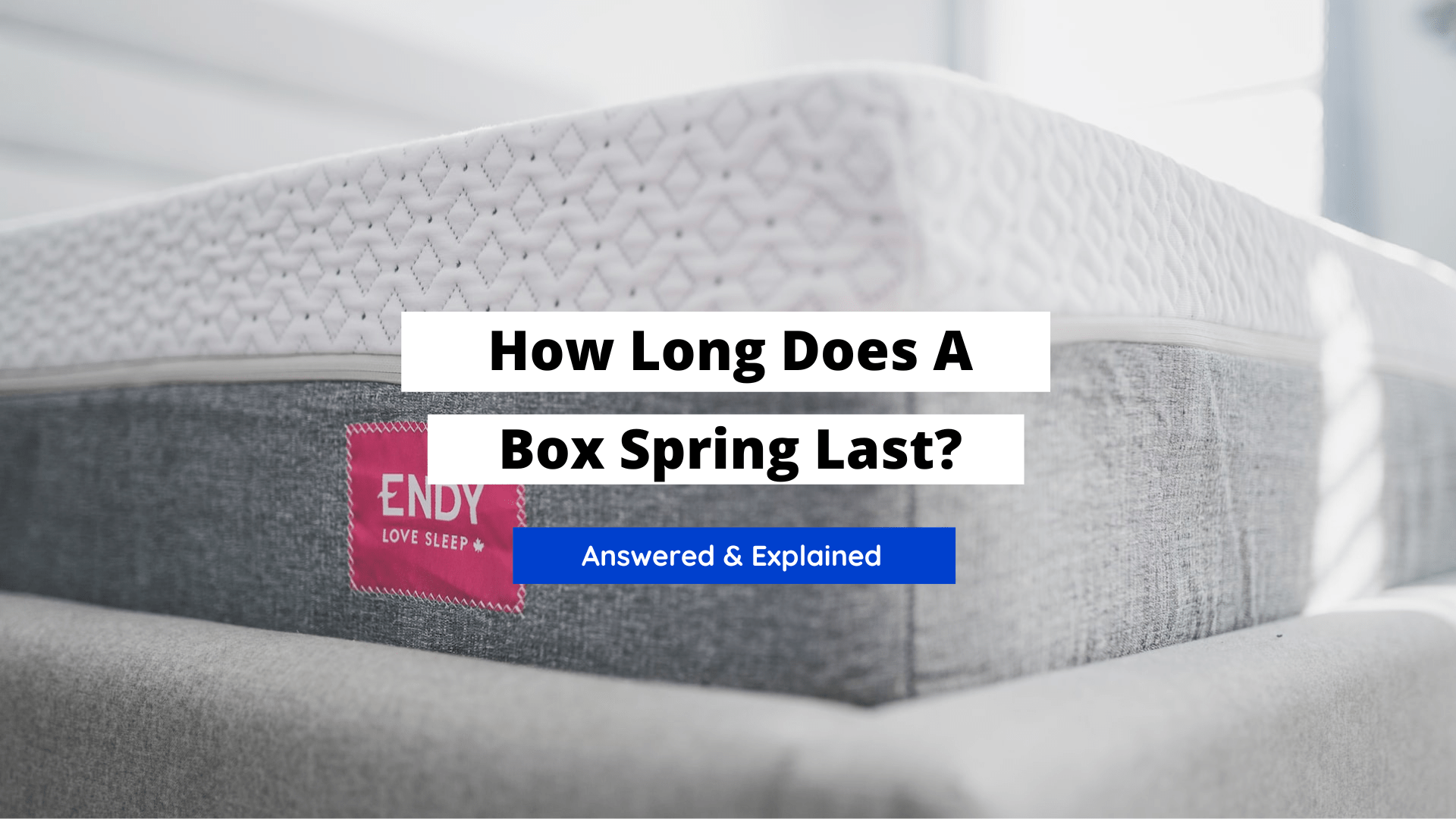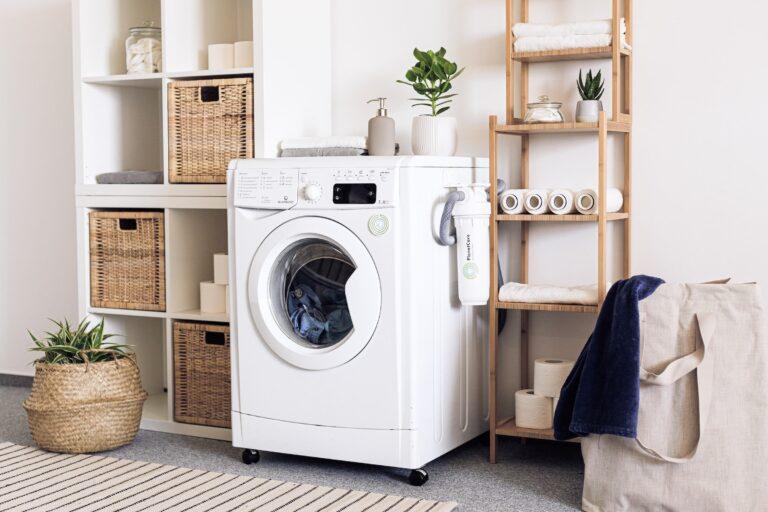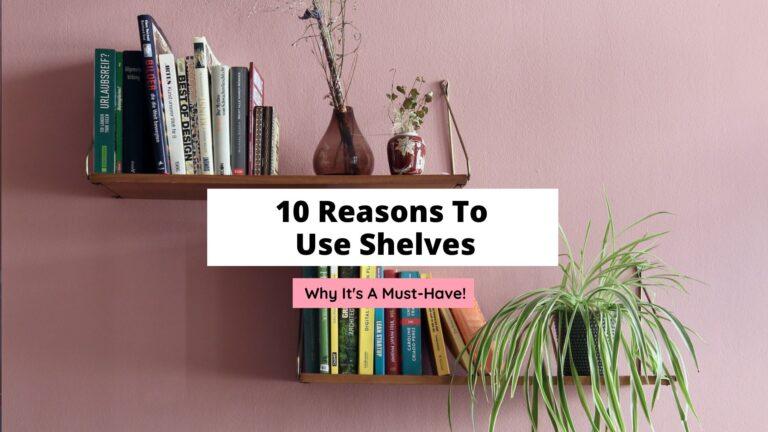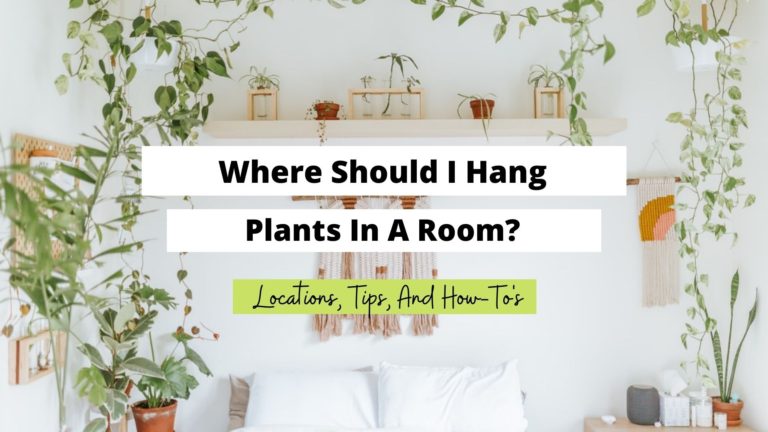How Long Does A Box Spring Last? Answered

When it comes to beds, I’ve developed a keen interest in box springs due to their superior support and longevity. Speaking of longevity, a common question asked amongst bed shoppers is how long does a box spring last? Here’s what I’ve learnt and would like to share with you.
A box spring can last up to a decade, if not longer, with appropriate care and consideration. However, some people have been able to squeeze out an additional five years of usability. It should be noted that the number of people sleeping on a single bed, along with their combined weight, can affect the longevity of a box spring over time.
In the event that you are unfamiliar with a box spring and would like to learn more about it before making a purchase, here’s everything you need to know about a box spring and how long it lasts.
Table of Contents
What Is A Box Spring?
A box spring is typically a mattress-sized box featuring a wooden or metal frame. On the inside of the frame are equally distributed springs covered by a piece of fabric.
The box frame is placed on top of the bed frame to support a mattress.
Box springs are used in conventional mattresses, not memory foam or latex mattresses.
They are known for providing even distribution of weight, adding height to the mattress, and can help prevent sagging in the mattress over time.
Does A Box Spring Last?

Yes. Box springs typically last for 8-10 years and can easily be replaced with a new one from your local furniture store.
A sagging mattress is often the first sign that the box spring is no longer as supportive as it once was.
Moreover, a box spring’s life expectancy depends on several factors, including the frame, size, and weight of the mattress.
Some of the main factors that determine the lifespan of a box spring include the following.
1. The weight of the mattress
The heavier the mattress, the more stress and shock on the framework and springs.
Therefore, heavier mattresses will wear them out much faster than lighter ones. This is where the thickness and quality of materials come into play.
The best way to ensure a long life for your mattress is to purchase quality products that best suit your needs. A heavier mattress requires a larger box spring with thicker and higher-grade springs.
Although the price of the mattress and box spring may seem high, they can be well worth the investment by adding years to their lifespan by spending less on replacements in the long run.
See also: Can You Put A Box Spring On Top of Slats?
2. Type of frame
The type of frame (wood or metal) can greatly affect the box spring’s life expectancy.
Some box springs use two ends of the frame to support the box spring and mattress, while others are supported by four corners.
Metal frames tend to last longer than wood frames because they are made with thicker steel or iron.
3. Size/Type of springs
The size and shape of the springs can also affect longevity. If a box spring uses smaller, round, or half-round coils, it will not last as long as one that uses larger, rectangular coils.
Although round coils look nice, they are not always created equally.
Do You Need a Box Spring?
The importance of a box spring is often questioned and is usually a matter of personal preference.
Some people find that adding a box spring to their mattress offers the additional support they need.
Others may find that without a box spring, their mattress feels better and provides the support they need.
If you do not feel comfortable without a box spring, or if you feel like it can give you even more support, then it may be worth your investment to invest in one.
Even so, many people consider box springs unnecessary.
This is because box springs are not used in every mattress or bed set or every time a new mattress is purchased.
However, for those that do need one, the quality of the spring can make all the difference in how long it lasts.
A good box spring should be able to carry heavier weight and provide sturdy support.
Benefits of box springs:
- Even distribution of weight.
- Reduces sagging.
- Enhanced bounce.
- Boosts the height of the mattress.
- Ideal for innerspring mattresses.
- Improved mattress airflow.
- Enhanced support and shock absorption.
Drawbacks of box springs:
- The initial cost is often more than the mattress.
- Must replace both the box spring and mattress when one gets worn out.
- Not compatible with all mattresses, especially memory foam or latex mattresses.
Are There Other Alternatives To Box Springs?
Box springs alone are often not enough to support a mattress and may occasionally require the use of an additional foundation.
In fact, slatted bed frames, adjustable bases, and platforms are common alternatives to a box spring that provide the same amount of support.
Many alternatives consist of a wood platform or slats that support the mattress.
Adjustable bases, on the other hand, provide adjustable support to keep your spine aligned while you sleep.
Although these foundations are often more expensive than a box spring, they offer support and comfort all at once.
Final Thoughts
A box spring is a wonderful choice for your bed that can last a long time under the right circumstances.
I’ve noticed that it prevents damage or sagging to a mattress and provides a comfortable and stable support for your body.
As much as it costs more, the longevity and quality of the box spring makes up for it. If you don’t mind losing out the use of memory foam or latex mattresses, I would say that a box spring is ideal for your needs.
With that being said, if you would like to learn more about box springs, I highly suggest that you check out some of these helpful articles below:
1. How to fix a squeaky box spring.





